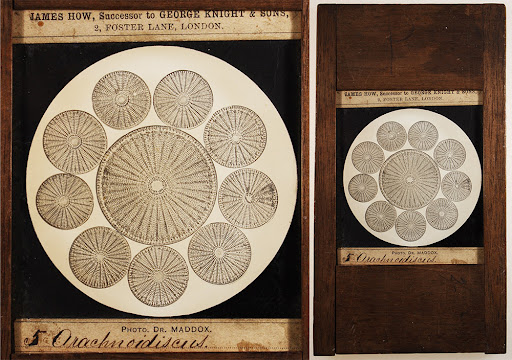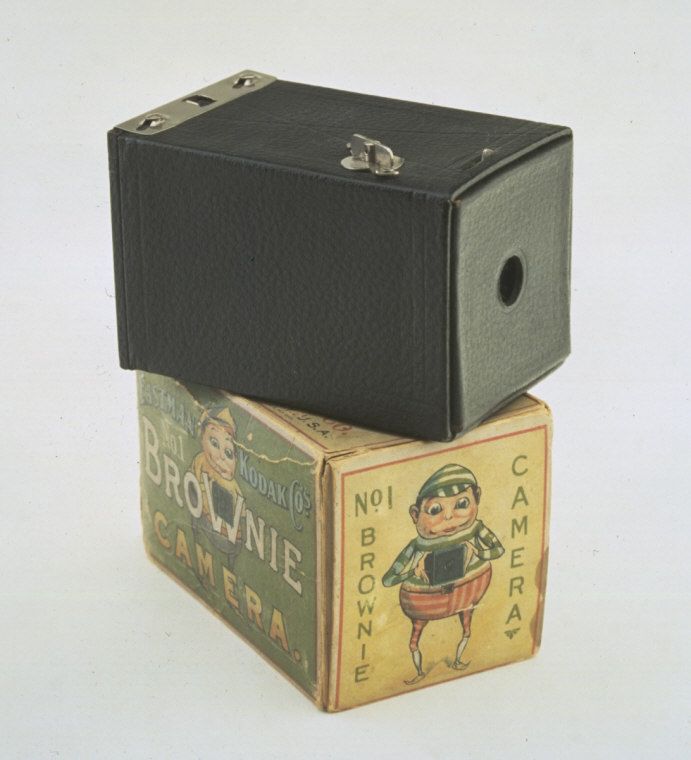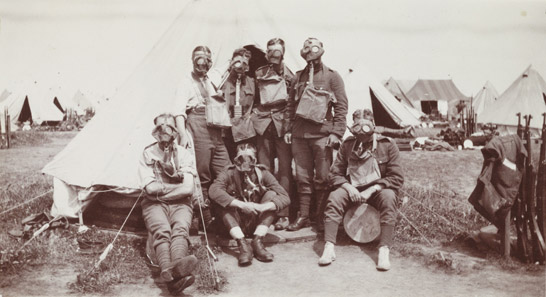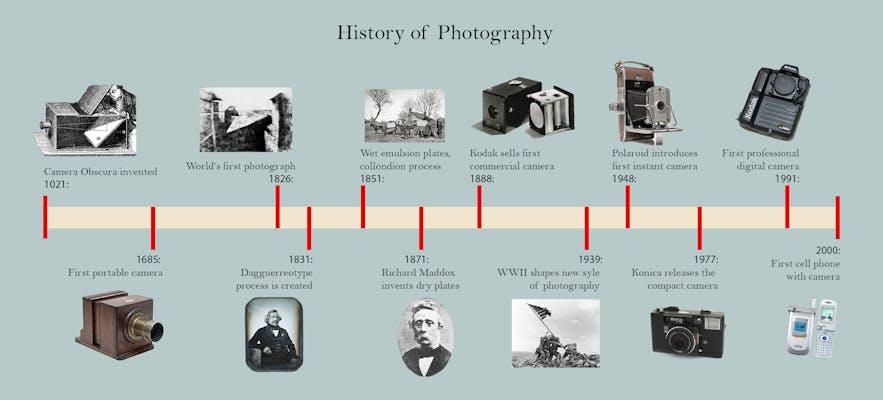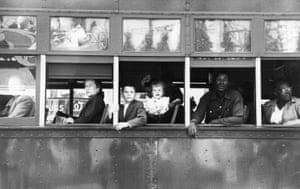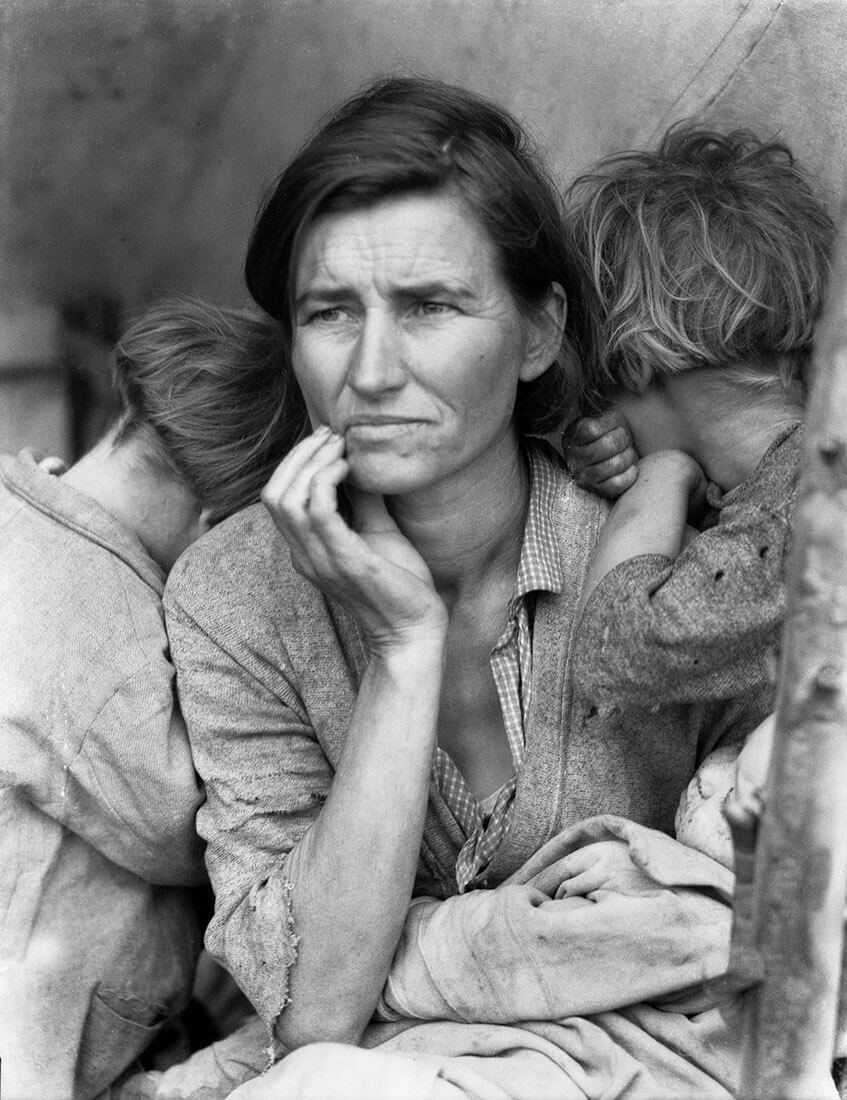Why do people take photographs?
Photographs are a way that we have physical memories, something that we can cherish whenever we please.
Why is photography important?
Photographs play an enormous part in our day to day life. We see photographs everywhere from storybooks to wall hangings. They help remind us of people, places, emotions and tell us stories.
What skills do you need to be a good photographer?
- Creativity
- Patience
- Good technical photography skills
- Ability to pay attention to detail
- Passion
How many different kinds of photography can you think of?
- Portrait
- Fashion
- Sports
- Still Life
- Architectural
- Landscape
- Wildlife
- Wedding
How does photography help us see the world?
Photography allows us to frame the moment that we have considered deeply and capture it so that we can go back and take another look.
Can photographic images be trusted?
Images are cropped, edited and can be perceived and portrayed in different ways, and therefore cannot be considered as trusted.
What are the similarities and differences between photography and other types of visual art?
Both forms of art can capture moments in time that are accurate. Although some consider photography to be the truth in capturing moments, painting has the same effect.
When would it not be OK to take a photograph?
Public places where photography is strictly forbidden and it is important to adhere to and rules put into place.
How do you know when you’ve made a good photograph?
The following points are what makes a photograph considered a good photograph..
- An Interesting Subject. First things first, you have to shoot something that you find fascinating, intriguing, beautiful, or otherwise interesting
- A Good Composition
- Good Technique (F-Stop, Shutter Speed, ISO)
- Good Light
Are photographers also artists?
Yes, anyone can be a photographer; a random guy on the street can pick up a camera or use his phone and take a pretty picture of the sunset.
Where is the best place to see photographs?
- Social media
- Newspapers
- Magazines
- Books
What kind of photography interests you most?
Wedding photography and architectural photography are the two main types of photography that interest me the most. I am aware that they are two completely different types of photography. However, I love how different and how there’s the emotion behind wedding photography. Secondly, I fell in love with architectural photography after studying Textiles as a GCSE as one of my chosen topics were Structure.

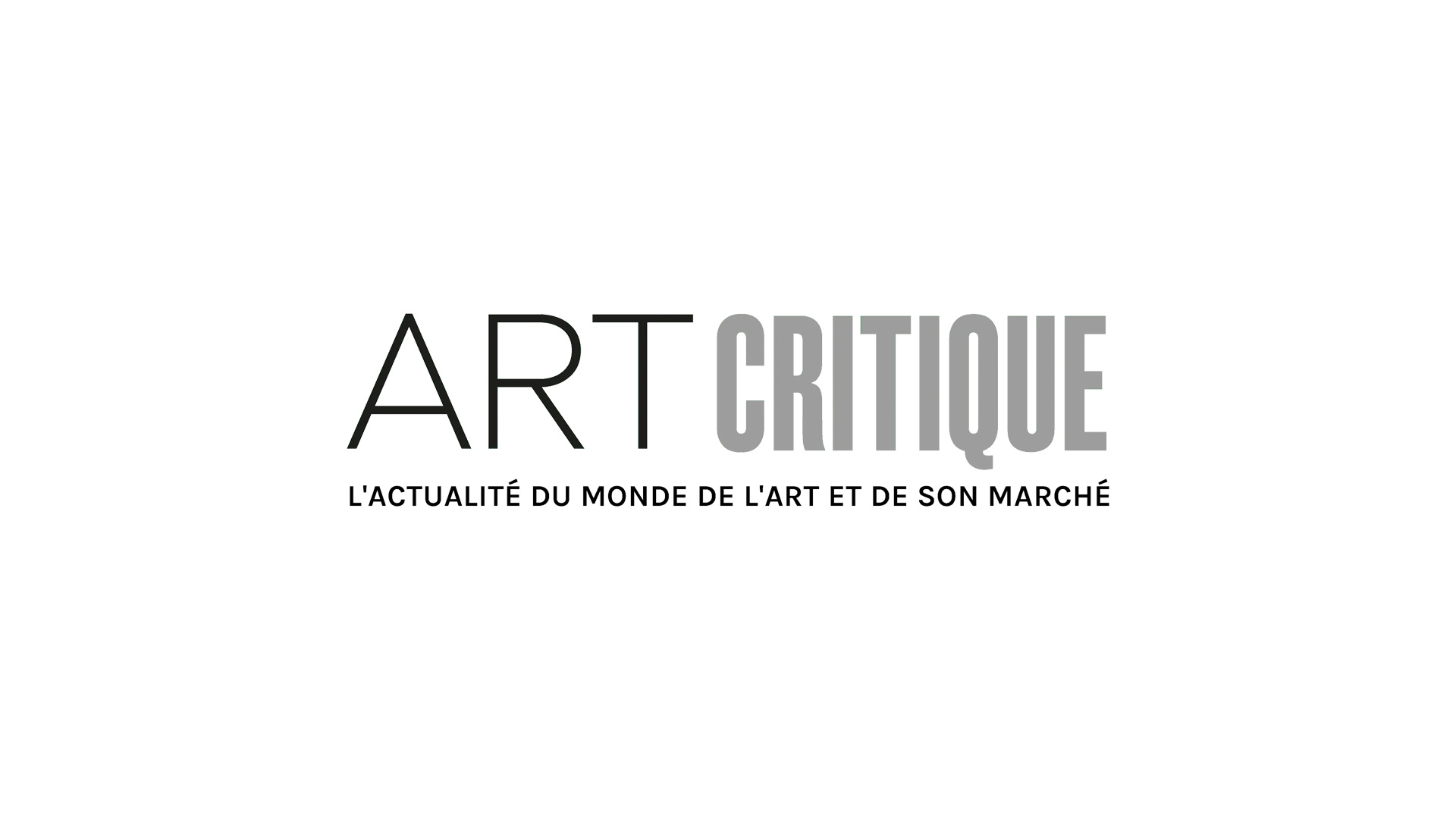

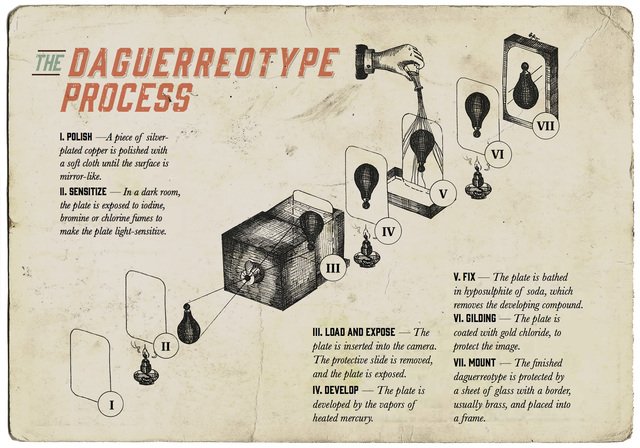
/https://tf-cmsv2-smithsonianmag-media.s3.amazonaws.com/filer/bd/7d/bd7d625e-d40d-431e-baca-34578201261b/daguerreotype4.jpg)


